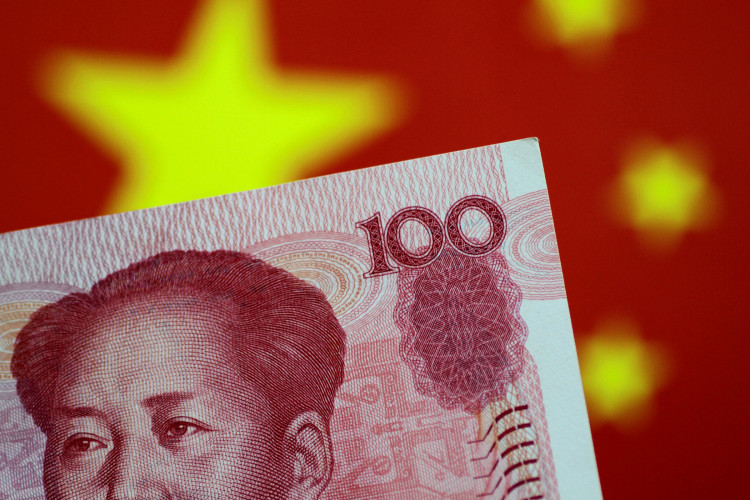As China grapples with deepening economic challenges, marked by a distressed real estate sector and deflationary pressures, analysts suggest that a more aggressive policy response may be necessary to avert further instability. Despite recent measures, including significant cuts to the benchmark mortgage rate, market sentiment remains tepid, with calls for more substantive supply-side reforms and liquidity injections growing louder.
Howe Chung Wan of Principal Asset Management, overseeing assets exceeding $540 billion, advocates for a calibrated approach by Chinese policymakers, emphasizing the need to address medium-term structural issues without precipitating an economic downturn. "Hence, no major big support measures expected," Wan noted, underscoring a cautious stance towards broad-based stimulus.
Conversely, Alicia Garcia Herrero from Natixis criticizes the People's Bank of China's (PBOC) recent loan prime ratio (LPR) cut as insufficient, urging for swifter action to counter deflationary trends. BNP Paribas Asset Management's Chi Lo echoes this sentiment, highlighting the imperative of maintaining a significant gap between real interest rates and output growth to sustain economic momentum and alleviate debt burdens.
The Chinese economy's current predicament, with manufacturing activity waning and the stock market floundering, has prompted some analysts to draw parallels with the 2008 U.S. financial crisis. Kyle Bass of Hayman Capital perceives China's real estate turmoil as a magnified version of the U.S. debacle, attributing the crisis to excessive debt dependency within the sector. "The basic architecture of the Chinese economy is broken," Bass remarked, signaling profound structural fragilities.
Despite these challenges, some pockets of optimism persist. The Institute of International Finance maintains a hopeful outlook for China's growth potential, contingent upon effective demand-side stimulus. However, the latest GDP figures, which fell short of projections, underscore the urgency of addressing the multifaceted economic headwinds.
China's economic trajectory holds significant implications for the global economy, particularly for the United States, given the intricate web of trade interdependencies between the two superpowers. The ongoing economic slowdown in China not only threatens domestic stability but also poses risks to global markets, underscoring the critical nature of China's policy maneuvers in the coming months.
As the world's eyes remain fixed on Beijing's policy corridors, the consensus among experts leans towards a more robust and targeted policy intervention to steer the Chinese economy away from the precipice of a more severe downturn. The delicate balance between structural reform and cyclical support remains a pivotal challenge for Chinese policymakers as they navigate through these turbulent economic waters.






